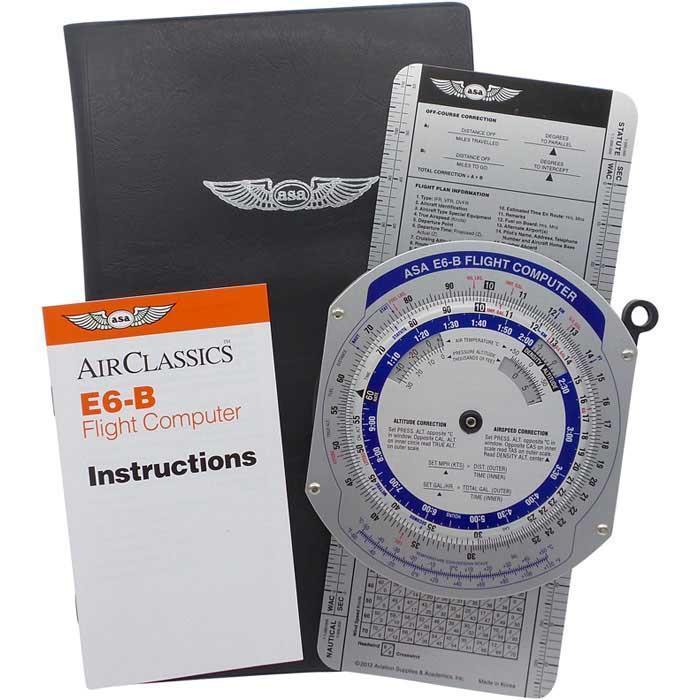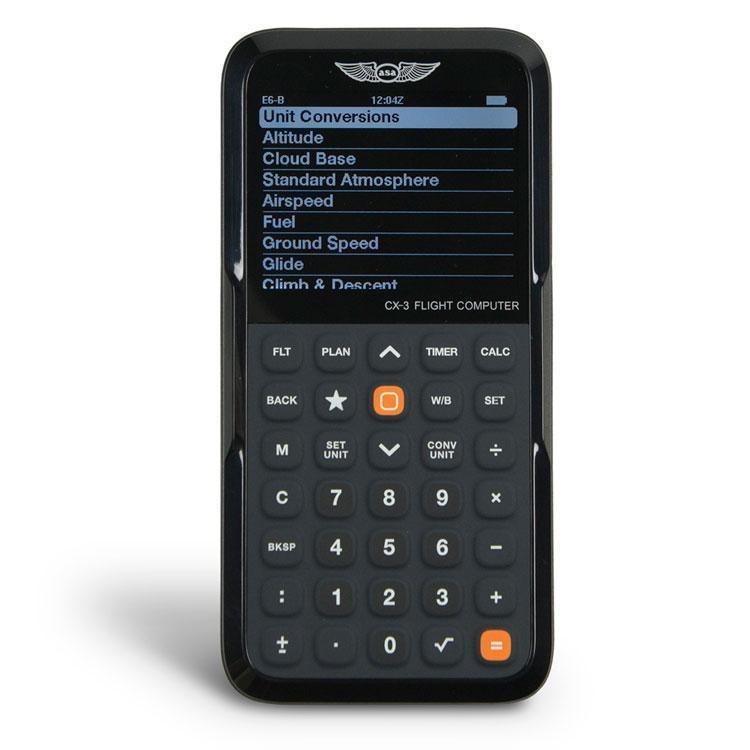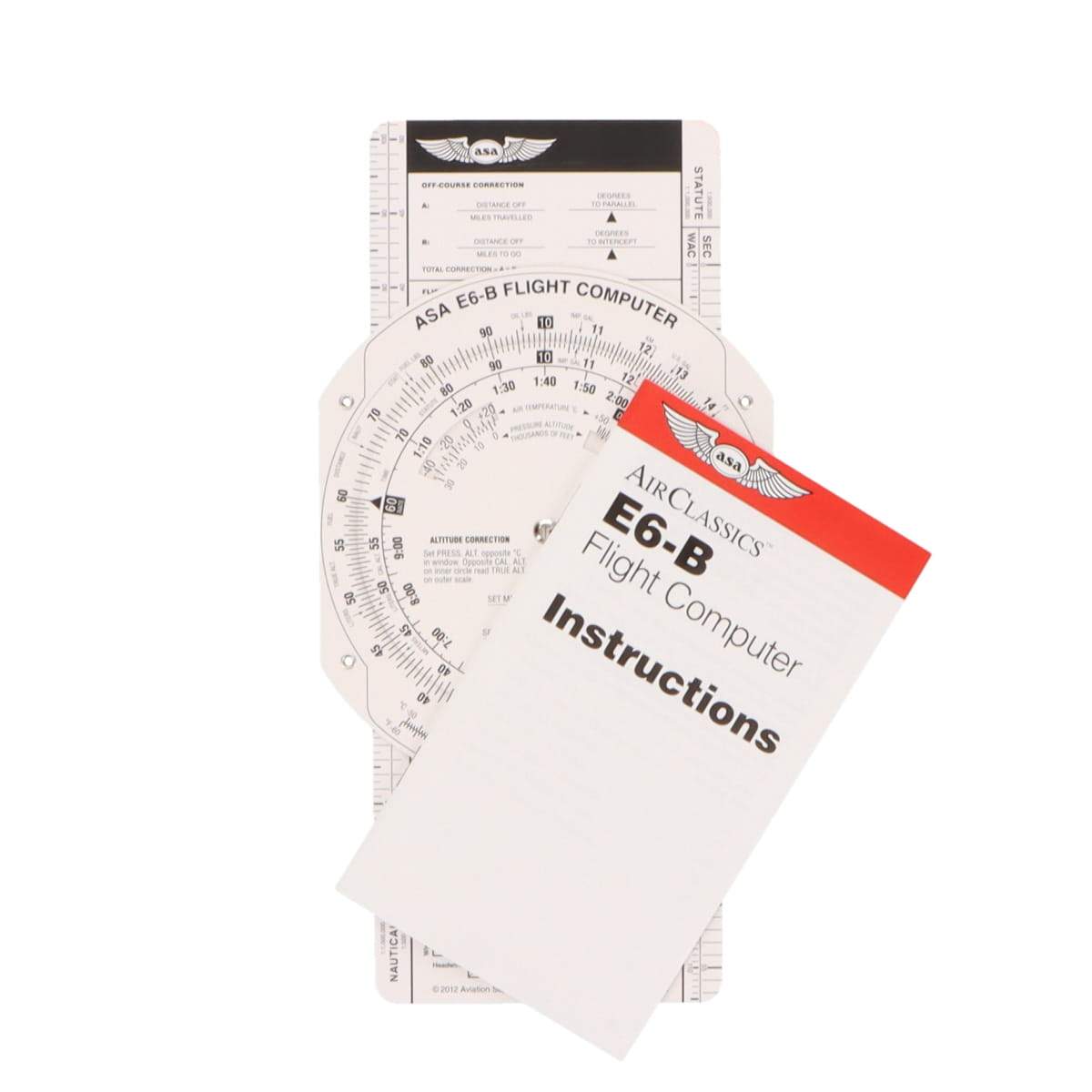Get accurate headwind configurations in minutes!
Figuring out the right headwind setup doesn't need to be a complicated process.
In fact, with just a few simple steps, you can figure it all out in minutes!
Pilots know how important it is to have accurate wind data, but not everyone is clear on how exactly to get that info without performing some pretty heavy calculations.
If you're one of those people, don't worry! This guide will walk you through a fast, effective way to calculate headwind (and a bit of crosswind, too) without going through any headaches.
Let's get into it!
SUMMARY
-
Step 1: Gather wind and runway information.
-
Step 2: Break down wind components (headwind, crosswind).
-
Step 3: Use the simple headwind formula.

Step 1: Gather Wind & Runway Information
The first step to figure out how to a calculate headwind component is knowing exactly what you're working with. Before you even think about getting your aircraft off the ground, you'll need to get wind and runway data.
A METAR report is a great place to start. It gives you both the wind direction and wind speed—two things you can't ignore if you're flying into headwinds or wanting to benefit from tailwinds.
Example:
When looking at the METAR, you’ll see wind speed listed in knots and direction relative to true north.
In the case of our example, the wind is blowing from 110-degrees at a speed of 3 knots.
The runway heading is usually marked on the airport layout, but you can also check the runway’s magnetic heading right on the ground or through your flight planning tools.
Just remember, wind direction is given in degrees from true north, while runways are labeled by their magnetic heading—so it’s good to know the difference.

Figuring Out the Headwind With a Wind Sock
A windsock shows wind direction by pointing its narrow end where the wind is blowing, and the wider end faces into the wind.
Wind speed is indicated by how much the windsock is extended, with a full extension meaning the wind is 15 knots or higher.
Once you’ve got the wind and runway information, you can start breaking things down. Keep your eye on the wind speed—anything above 15 knots might mean you need to account for crosswinds, which we’ll touch on later.
Step 2: Break Down Wind Components
Now that you've gathered your info, it's time to break things down into components.
Wind can be a tricky thing to tackle, especially when it’s coming at an angle to your flight path. But that's okay, because splitting it into headwind and crosswind components makes it easier to deal with.
You’ll need to determine how much of the wind is pushing directly against your plane (headwind) and how much is coming from the side (crosswind).
Use this basic method: if the wind is directly aligned with your runway, it's all headwind or tailwind depending on the direction. But if the wind's coming from an angle, only a part of it contributes to the headwind, while the rest turns into crosswind.
Let’s say you have a wind direction of 110° and a runway heading of 080°. Since the wind isn't perfectly aligned, some of it becomes crosswind, while the rest counts as headwind.
If it sounds complicated now, as you fly more you'll find that you will learn got to get a feel for these angles.

Step 3: Apply the Formula
Now, here’s where things get even easier. You’ve got the wind direction and speed, and now it's time to plug them into a formula to quickly get your headwind comp.
Here’s the simple formula:
Headwind = Wind Speed × cos(Angle Difference)
Where the angle difference is the angle between the wind direction and the runway heading.
Let’s break it down:
-
Calculate the angle between the runway heading and wind direction. Example: if the wind is coming from 110° and you’re using a runway heading of 080°, the angle difference is 30°.
-
Find the cosine of the angle difference. For 30°, that’s roughly 0.86 (use a calculator or reference chart if needed).
-
Multiply that cosine by the wind speed. If the wind speed is 3 knots, your headwind component would be 30 × 0.86 = 2.59 knots. Round it up to 2.6 knots.
And that’s it—you’ve got your headwind! If the angle difference is greater, your crosswind component will grow, and your headwind component will shrink. But don’t stress out about those calculations. You can use plenty of online tools, or better yet, a simple E6B calculator to do the heavy lifting for you.

Figuring Out Your Wind Components Using an E6B
The ASA E6B has instructions for how to do all the various calculations printed directly onto the flight computer.
Once you have read your METAR and gotten the wind information and your heading, you can use the grids available on the back of your E6B.

|
ASA Color E6BASA's Color E6B takes the standard "whiz wheel" manual flight computer and updates it with striking color accents. Though identical in functionality and size to its standard ASA-E6B, this version of the solid aluminum flight computer utilizes a variety of colors to signify its various functions. |
Additional Wind Considerations (Brief Overview of Crosswinds)
While headwinds and tailwinds are usually the main concern, don’t forget about crosswinds. Crosswind landings can be tricky, and it’s always a good idea to calculate the crosswind component before taking off.
You can use a similar process as above—just substitute sine for cosine in the formula to calculate the crosswind component.
Crosswinds will push your plane sideways, and if you’re not prepared, it can make takeoffs and landings a little dicey.
If you're working with a strong crosswind, you’ll need to adjust your approach or use a different runway if one’s available. Check out our full guide on calculating crosswinds for more in-depth tips on handling this. It's best to learn as much about winds as possible in the event you need to make a crosswind landing.

Frequently Asked Questions
-
How accurate are headwind calculations?
Headwind calculations are generally quite accurate when you’ve got the right data. Using a METAR report and applying the formula will give you a result close enough to plan your flight safely.
You don’t need to be exact down to the decimal, but getting within a knot or two is usually sufficient.
-
What if the wind direction changes mid-flight?
Wind changes happen all the time, especially at higher altitudes. If you notice the wind shifting while you’re flying, your onboard instruments will usually pick up the difference.
Adjust your heading or speed as needed, and always stay updated on weather forecasts before departure and during your flight.
-
What should I do if I don’t have access to a METAR?
In some remote areas, you might not have access to a METAR report. In that case, use any available weather service or ATIS at your destination to get the wind information you need.
If all else fails, talk to other pilots in the area or rely on your own observations of wind socks or local landmarks.
-
Can I estimate crosswind without a calculator?
Yes! Estimating crosswind can be done visually by looking at the angle of the wind to the runway. The closer the angle is to 90 degrees, the stronger the crosswind.
If the wind’s coming in at less than 30 degrees from the runway heading, most of it will be headwind, and only a small portion will be crosswind.
Takeaway
Calculating headwinds doesn’t have to be scary, even if it sounds a little complicated at first. Just take a deep breath before approaching it and break things down into simple bite-sized steps—by gathering wind and runway info, figuring out the wind components, and using a formula—you can quickly get the numbers you need. And when crosswinds come into the picture, just apply a similar method, and you’ll be good to go!
Flying with accurate wind calculations in mind can help you manage your aircraft better, making for smoother takeoffs and landings.
Whether you're flying into strong headwinds or dealing with crosswinds, being prepared keeps you in control and makes your flight much safer.
Happy flying, and always double-check those wind reports!
Interested in Learning More?
Our guides are designed to help!
Did you find this article helpful?
Do you think we missed something important? Let us know in the comments below!








